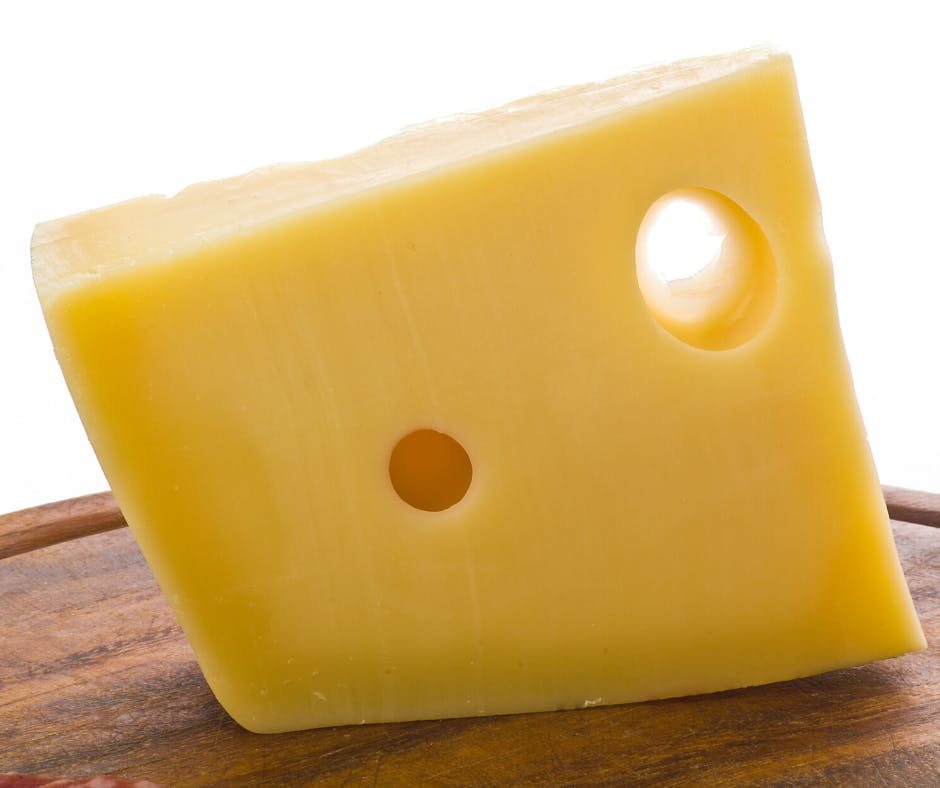The Other Side of Swiss Cheese

When most people hear "Swiss Cheese," they think of one particular variety: a mildly-flavored block filled with walnut-sized holes. But the world of Swiss Cheese goes much further than Emmenthaler (yes, that's the formal name of that familiar fromage).
Swiss cheesemaking goes back centuries and some of the world's most famous hail from this cow-intensive country. For instance, melt-tastic Gruyère is everywhere, right? Well, it wouldn't be if the Swiss didn't invent it in the 12th Century. And there would be no Raclette to scrape if the Swiss hadn't created it in the 13th Century.
Swiss cheeses are some of the greatest examples of cheeses capturing their terroir. Fierce advocates—and producers—of raw milk cheeses, the Swiss realize that a cheese can fully reflect the nuances of the land... if the milk is fresh and as unadulterated as possible. They taste like the earth, pure and simple.
These are "go big or go home" cheeses, filled with flavor due to a tendency to wash the rind during the lengthy aging process. These cheeses are also big in size, weighing upwards of 20 - 80 pounds each. The result? A dense, chewy texture coupled with just enough funkiness to let you know something special happened to that rind. One more reason to love them? When melted (perfection!), they maintain their full flavors, a very difficult feat.
Remember that Swiss cheeses are a varied group and simply referring to "Swiss Cheese" sells these gentle giants short.
Try them in our Friday Night Cheese Board: Exotic Swiss.
